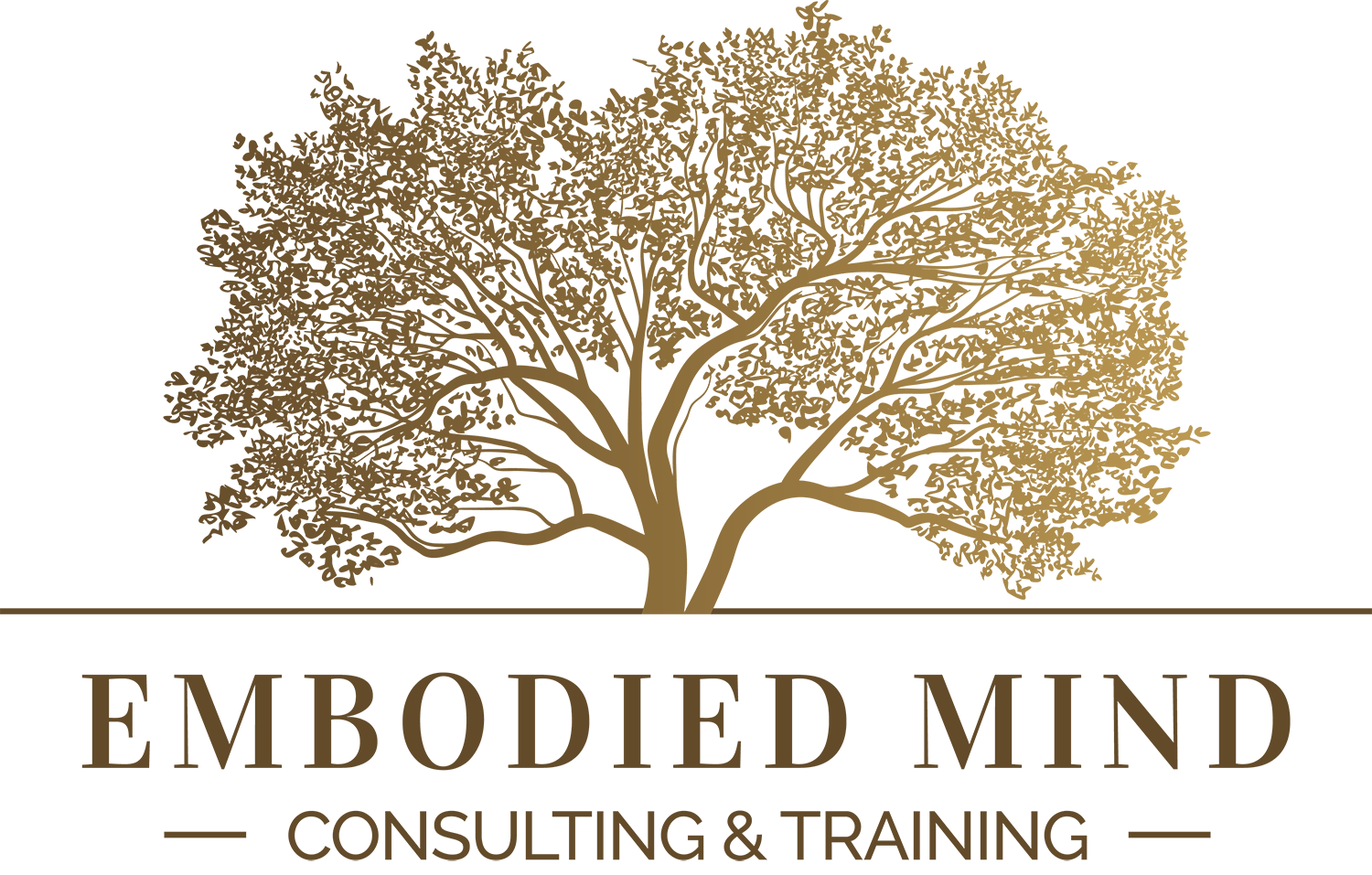Gone Agile? What are we actually talking about…
Going for a new way of organising triggers both hopes and fears in people. “I don’t want to hear the word agile anymore!” an HR Manager told me recently regarding internal change processes. Others feel that agility is the only way to go.
It becomes tricky to have a conversation about the topic, as the terms are being watered down and unclear. So, what are we really talking about?
First of all it is helpful to understand that there have been various movements targeting in a similar direction – even if they have different causes and names. In this regard, I am listing a small summary based on an overview from Oesterreich & Schröder (2017).
The term Agile stems from software development. Here, processes and structures were developed for self-organised teams within a company. In iterative processes, they can develop products for customers in a flexible and learning-oriented manner. Through clearly defined roles and communication processes, interdisciplinary teams can work together efficiently and improve constantly. Scrum is one of the agile methods developed for this purpose, which is now also used in non-IT companies. Design Thinking and Kanban are further examples.
The Agile Manifesto (2001) summarises the principles of agile work. Even if Agility is often understood as a set of tools, Scheller (2017) emphasizes that it is an inner attitude. This agile attitude is related to a systemic attitude. And it is closely connected to other terms regarding New Work.
Reinventing Organizations is the title of the inspiring book from Frederik Laloux, where, based on years of research, he described organisations acting from a new paradigm. Those organisations have developed further than traditional organisations in the following areas:
Self-management (self-organised teams instead of a pyramid hierarchy),
Wholeness (staff can come to work in their humanity and develop their potentials),
Evolutionary Purpose (products and decisions serve the purpose of the organization).
Based on the Levels of Existence by Graves (1970) as well as Spiral Dynamics (Beck & Cowan, 1996), they are named Teal or Integral organisations (see also Ken Wilber’s Integral Theory). They are the pioneers of a new paradigm, into which we as a global society will (hopefully) develop over time, bringing forth new forms of collaboration.
Regarding self-management, Teal organisations are closely related to agile forms of organisation. This also includes organisational models like Sociocracy 3.0 and Holacracy. In the Collegial Leadership Approach, Oesterreich and Schröder have developed a pragmatic synthesis of various models. It however remains important that each organization needs to research its own best form – as there is no ‘one size fits all’ model available.
The various forms, which I want to summarise as agile forms of organising in this article, both had different as well as similar reasons for coming into being. There is, for one, an ever more complex world in which we act, with dynamic markets and customer needs. These require more flexible, agile organisations with high inner complexity and dynamic. Furthermore, our societies are changing. Steep hierarchies and high bureaucracy are not only slowing down an enterprise, they also don’t resonate with the way young generations want to work. They are asking for meaning and want to work on eye level with their colleagues. In the past, a mechanistic view of organisations prevailed (e.g. the metaphor of a clockwork). Today, we are talking of organisations as living organisms (like a tree). We cannot go on leading our companies like purely rational entities. This has never really worked and even less so, the more self-determined employees voice their needs. Our impact on planet earth from an ecological and social perspective is a further aspect, which we need to keep in mind if we want to lead a sustainable organization.
So, what is our résumé regarding agility? Take a moment to ask yourself, why you are engaging with this topic and reading this blog article. Do you want to further develop your company, found one or work inside an organization living agile principles? What is your motivation? Which values and inner attitudes would you like to live in your organization? Are you looking for more efficiency, flexibility, a working together on eye level or the values, that the organization is creating? Do you want to become a more attractive employer? Or is Laloux simply a cool guy? The discussion will become interesting, once you become clearer about your own values and what you want Agility for.
As our résumé: We will pose those kinds of questions as soon as an organizational leadership is asking for agile development. We think, this is a fantastic topic and are happy to accompany you on your way. We also believe that a collective reflection at the beginning will have to first clarify, whether this is a suitable pathway for you. And in which way you can step by step start the journey…

